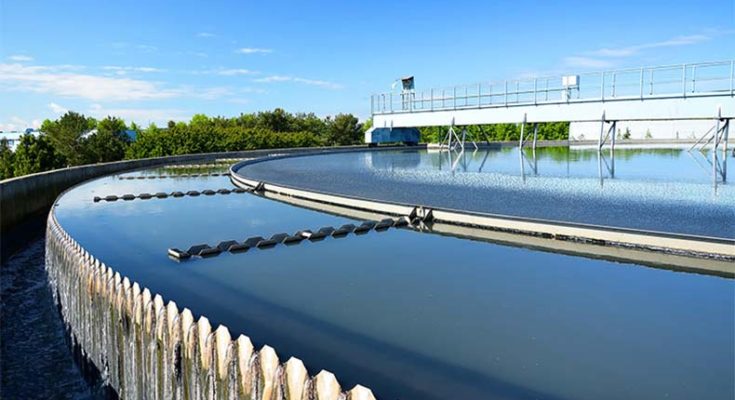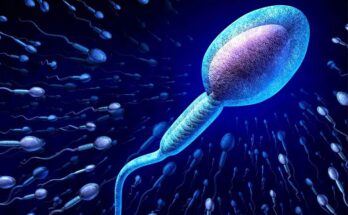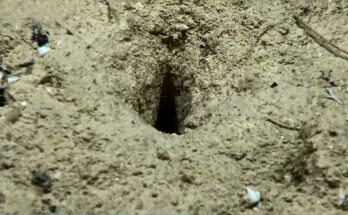With the development of modern society and the growing rate of population, more and more pollution is getting mixed with the drainage systems. Owing to this situation, wastewater treatment is getting relevant day by day.
Wastewater treatment plants do pretty much as is commonly said – they treat the water that goes down our channels before discharging it once again into the earth. These plants have developed impressively with the growing trend of technology. They were started to pass the water we use in our homes of strong materials. This procedure of screening and settlement is known as an essential treatment.
In spite of the fact that this evacuates the biggest garbage materials, the wastewater is still loaded with natural material. If it dumped straightforwardly into our water bodies, could adulterate them and devour accessible oxygen as it decomposes. This is the reason essentially major treatment plants in the world, especially in the US utilize a methodology of air circulation to support the development of favourable microorganisms that separate the natural material in the waste. This procedure is called optional treatment. The water is then released regularly after sanitization with Ultra Violet light which kills potentially disease-creating microorganisms and infections.
However as city populaces develop, more supplements are going into the wastewater treatment systems and being released into our waterways. These surplus supplements act like compost to the plants and green growth living in the water. Tragically, an excess of compost in the Bay is a terrible thing. Small tiny plants, which are called Phytoplankton, start to sprout wildly, shutting out daylight required by different plants lower in the water section.
Once the algae achieve the greatest limit it starts to die in huge numbers. The dead cells sink to the base where microorganisms break down the cells, spending oxygen simultaneously. The fish and other organic creatures in the region start to asphyxiate as the microscopic organisms consume oxygen out of the water. Those that cannot swim away, in the long run, die out of deficiency of oxygen, giving more sustenance to the oxygen-consuming microorganisms.
The recent development in technology and consciousness has reached a new advanced way which can treat wastewater to evacuate these supplements. This stage is called tertiary treatment.
There are some benefits we get from wastewater treatment:
Clear Water – Water is a renewable asset in light of the fact that it gets filtered through evaporation and downpour. We should not forget that around 3% of the water on the earth is consumable. Despite the fact that nature gradually cleans wastewater after some time, the principal advantage of wastewater treatment is keeping up clean water for reuse.
New Research and Development – Wastewater treatment methods are changing as scientists develop new procedures. Such research prompts enhancements in the sanitization, the pace of water treatment, and uses for the waste items uprooted. The advancement of technology saves more energy, time, and assets, which are then accessible for different requirements of life.
Preventing Disease – Wastewater treatment methodologies can uproot contaminations through a filtering framework that obstructs their way and propel a further treatment that kills harmful microorganisms. This keeps potential illnesses and microbes from entering other water sources, or the ground, and hurting people, vegetations, and creatures. Treatment frameworks keep on developing better structures for cleaning the water.
Financial Development – Employments are made by wastewater treatment research and preparation. Treatment plants require regular maintenance and human operation for running properly. Wastewater treatment returns clean water to rivers, canals, ponds, streams to maintain natural areas pure, clean, and compatible with tourism. So many cities, states of the world are getting the benefit of tourism on the basis of wastewater treatment recently.






Realistic thought!